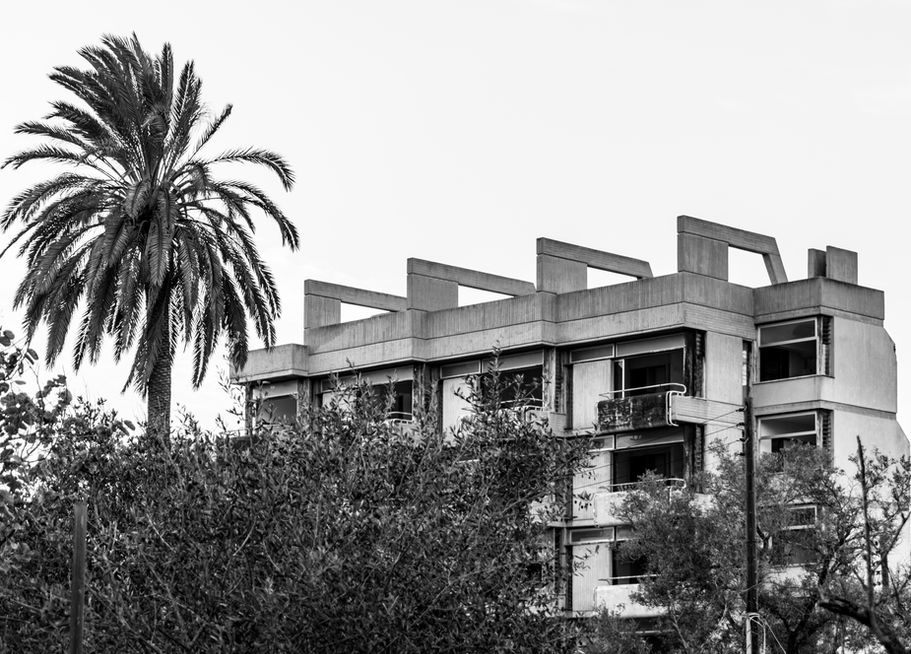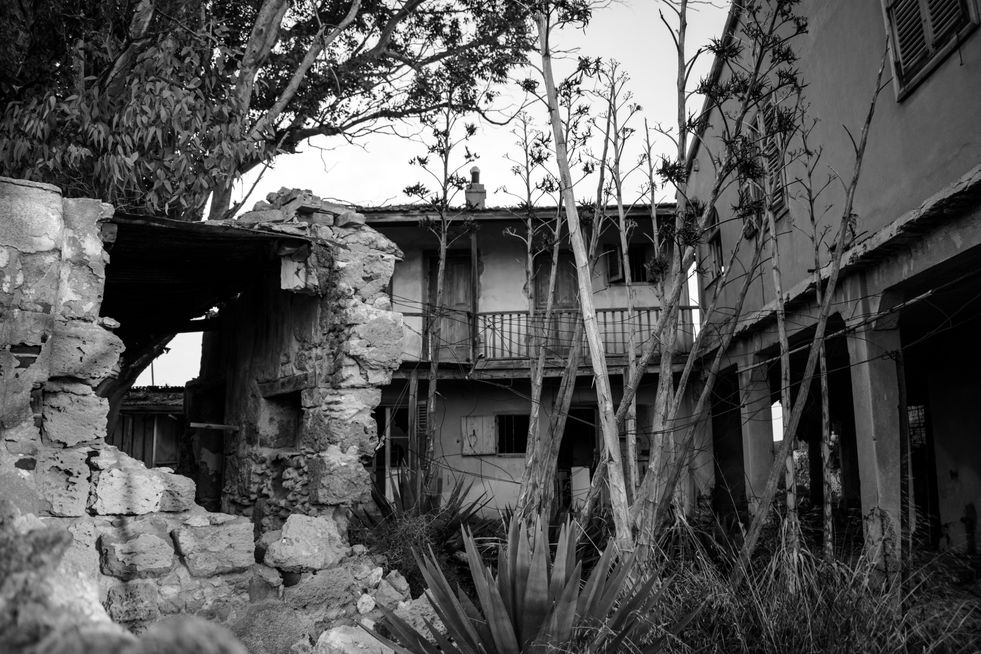VAROSHA
Following Cyprus's independence from British colonization in 1960, rising Greek nationalism in the 1960s contributed to tensions that culminated in the Turkish invasion of 1974. Before the invasion, Varosha was the most developed and attractive tourist destination on the island. Afterward, it became a ghost town under Turkish military control.
For almost five decades, Varosha remained a restricted zone, accessible only to Turkish military personnel and their relatives. The area was heavily guarded and used as a bargaining chip in Cypriot peace negotiations.
In October 2020, parts of Varosha were partially reopened to the public as a "tourist attraction." Visitors are now permitted to explore designated, renovated areas on foot or by bicycle. However, significant portions of Varosha remain inaccessible.This reopening has been met with controversy, with some viewing it as a politically motivated action.
Varosha continues to serve as a powerful symbol of the ongoing division in Cyprus and the human cost of conflict.
Despite my doubts about visiting this 'open-air museum', given the consequences of war and the suffering inflicted on its former inhabitants, I decided to visit it.
Inside, I was struck by the sight of wild plants overtaking the living rooms and bedrooms of displaced people.
Bullet holes scarred the facades of shops and houses, piercing through broken windows. Shattered glass littered the doorways of looted homes.
Walking through this abandoned city, once the most vibrant part of Famagusta, served as another stark reminder of the island's heavy and painful history. The scene before me was a powerful confrontation with the ugly realities of conflict and division.
all rights reserved.

























